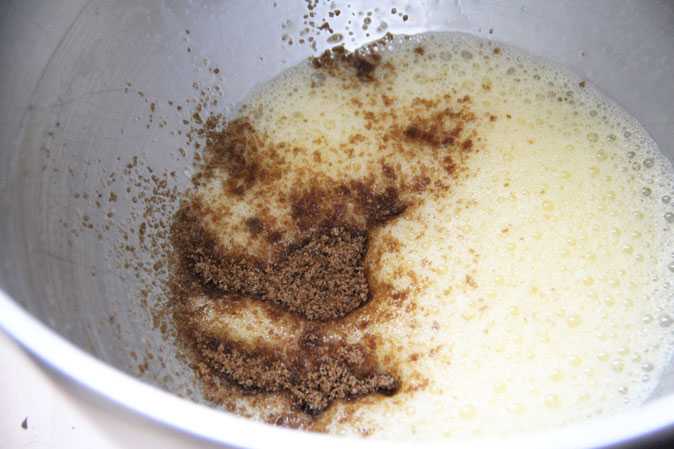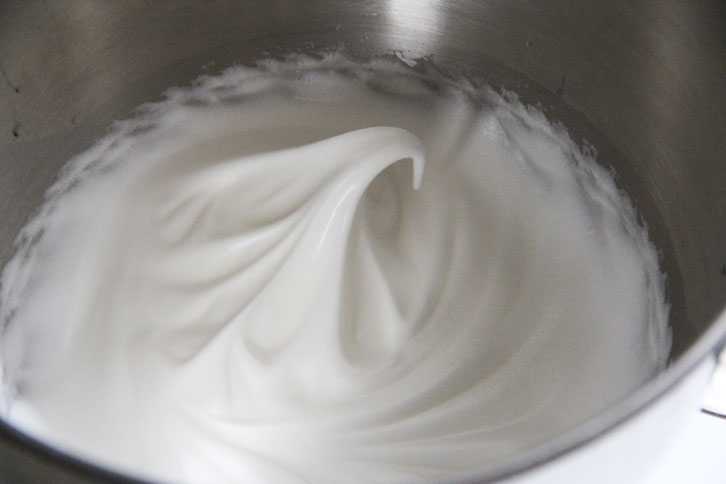The Issues of Substituting Sugar
So sugar. It seems to be the bane of my existence. I actually do pretty well with food. I don’t have too many fatty things. I eat in moderation. I love veggies. I drink water. But none of that means anything because I love sweets. Well, hold on. I love gummy bears, but same difference.
It seems like over the last several years, the overwhelming culprit, pointed out by doctors and leading researchers alike, causing everything from weight gain to inflammation to heart disease all point to sugar. I think the average woman of average height is supposed to limit intake to something like 25 grams of sugar a day and the two tablespoons of Nutella I put on my bread this morning already fulfilled that quota.
So I suddenly find myself becoming very sympathetic to the everyday smoker – someone who knows that what he or she does is bad for him or her, but can’t stop it.
Or can I?
Those who follow my blog have seen recently that I’ve been playing around a lot with low/no sugar recipes. Indeed, sugar is my kryptonite – health-wise, waist line-wise, and I want to take extreme measures to rid myself of this entirely addictive ingredient.
Less Sugar Blueberry Avocado Pound Cake

That was my thought at the beginning – like before I started to take sugar entirely out of my baked goods – HUGE mistake. But I wanted to start at the extreme first and see what would happen. I think the key to most things in life is moderation and balance. And that’s the same with sugar in your recipes. You don’t have to cut sugar entirely out of your life and recipes. Just don’t have that much of it. And where you can skimp, do.
But back to the baking. Sugar does a lot more in a recipe that to just make things sweet. Replacing the sweet flavor of sugar is the easier of the task. It is texture and structure that is hard to find a replacement for. I’m going to share a couple functions of sugar and some suggestions/tips on what you can do if you are taking out or replacing sugar with something else.

1. Keeps Moisture – Sugar traps the liquids that you add in keeping baked goods moist, longer.
How to Sub: This is actually rarely an issue for me in baking. Sometimes I replace sugar with brown rice syrup and that has so much liquid in it that I end up having to take liquid away from something else. But that’s always an option. Also, play around with the ingredients. Maybe add a couple more tablespoons of milk, water or oil to the recipe. Adding produce like avocados or fruit also provide more moisture.
2. Creates Tenderness – Sugar competes with the flour and starches you add to your baked goods for liquid. When liquid mixes with flour, it forms gluten and that’s what gives baked goods its structure. It’s also what can make a baked good tough. Because sugar tries to steal some of that liquid away, you end up with a more tender and lighter baked good than say if it was just flour and water – aka bread.
How to Sub: This function of sugar is probably the hardest to find a substitute for. It’s going to require testing and tweaking; adding a little bit of this and taking away a little bit of that.
I find that substituting cake flour for flour helps with the tenderness and the lightness. The starch from the cake flour steals some of that liquid that sugar normally does from flour, so the baked goods are lighter or more tender. I also think leaveners like baking powder help with a baked good's rise and creates a little bit of that airiness to help make things a bit more light.

3. Stabilizes/Leavens – Stabilizing is more the case with eggs. You usually add sugar when you beat eggs or egg whites because the sugar dissolves with the egg and forms a stronger wall to keep the bubbles from popping. Leavening happens when you beat something like butter with sugar and the sugar crystals help incorporate air and then later helps to trap it.
How to Sub: So for eggs, what you’re looking for is a stabilizer. Cream of tartar obviously helps stabilize egg whites, but I’ve heard ingredients like xanthan gum also help to stabilize eggs when they whip. Xanthum gum will also thicken the walls, which trap the bubbles for leavening, so it may be a good ingredient to test out.
In terms of leavening, I’m going back to the baking powder, which helps with the lift, though sometimes if you don’t have enough structure, the baked good can end up collapsing. Also, beating eggs until they are frothy or thick can also help with some of the leavening.

4.Adds Crunch and Color – When sugar gets heated, moisture is evaporated and on the surfaces of baked goods the sugar starts to re-crystalize creating crunch. In terms of color, sugar also goes through a caramelization process as its molecules darken in color when heated.
How to Sub: Crunch-wise, instead of using a ton of sugar within the recipe, use less sugar and then sprinkle a bit of sugar on top of the baked good before baking to create that crust. This works flavor-wise as well because the outer shell is what you taste first and so that sweetens the rest of the recipe.
As for the color, there’s always natural food coloring or if you’ve read my 10 Ultimate Baking Tips, you know that bakeries brush a lot of their baked goods with egg to create that golden brown color. You could do that and sprinkle on a bit of sugar for the crunch and color.
Just keep in mind that it's not all or nothing with reduced sugar baking. You can still keep some amount of sugar in the recipe if that's what it needs to create the desired effect that you want. Some recipes work (and taste) better than others as is the case with any kind of substitution recipe.